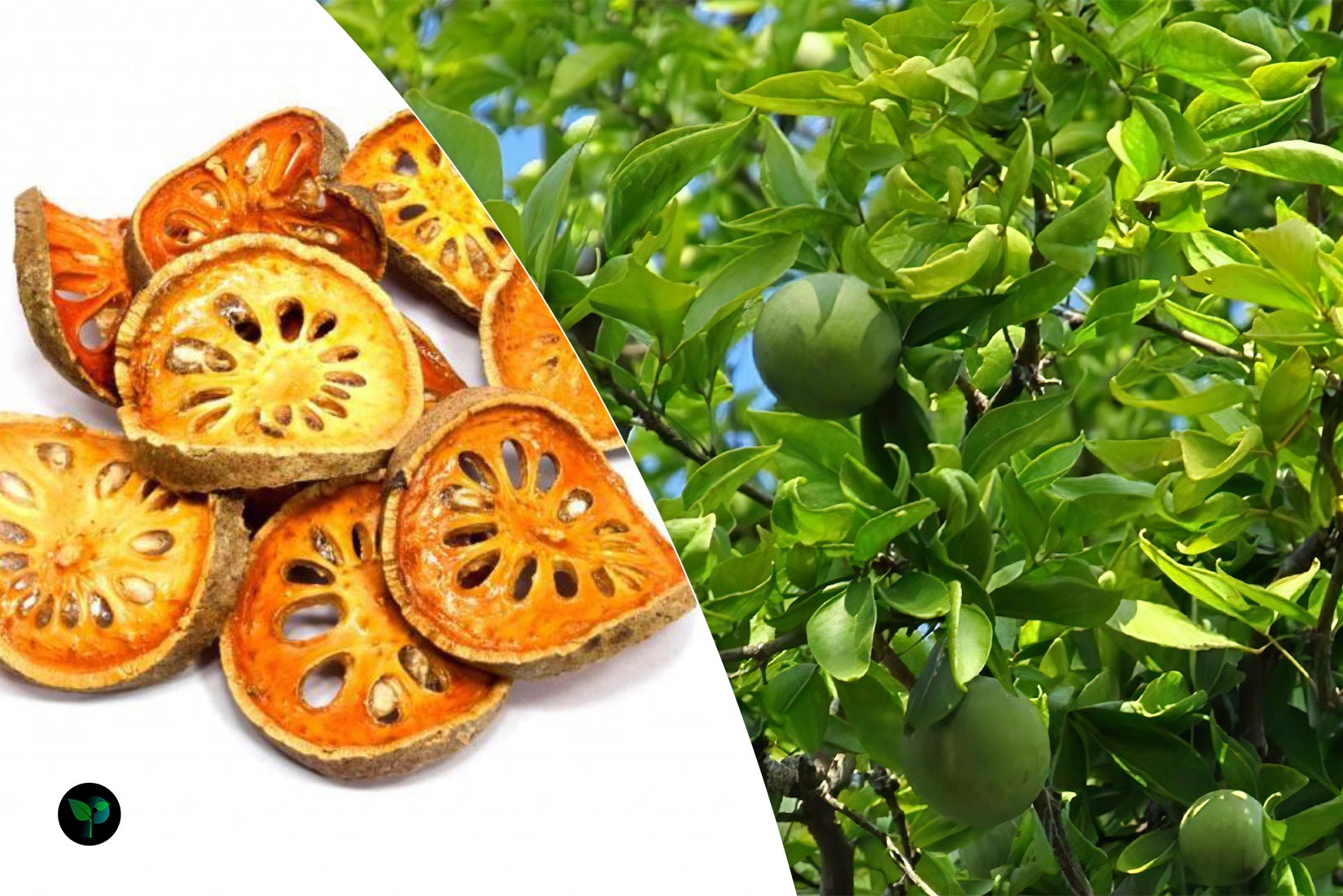Welcome to PlantsFolder, where we delve into the fascinating world of botanical treasures. In our latest post, we shine a spotlight on the Indian Bael, a fruit-bearing tree with a rich cultural heritage and a myriad of health benefits. Join us as we uncover the secrets of this sacred fruit, from its unique characteristics to its culinary and medicinal uses. Let’s embark on a journey to discover the wonders of Indian Bael and unlock the hidden gems of nature’s bounty.
Appearance of Indian Bael
Fruit
The Indian Bael fruit is round and typically turns a yellow color when ripe. It has a hard outer shell that needs to be cracked open to reveal the pulp inside.
Pulp
The pulp of the Bael fruit is soft, aromatic, and fibrous. It is surrounded by a membrane and contains numerous seeds within.
Texture
The texture of the Bael fruit pulp is somewhat granular due to the presence of small sacs filled with juice. When ripe, the pulp is juicy and can be scooped out easily for consumption or processing.
Aroma
Indian Bael has a pleasant aroma that is often described as sweet and citrusy. The fragrance of the fruit adds to its appeal and makes it a popular choice for culinary and medicinal purposes.
Overall Appearance
In its entirety, the Indian Bael fruit presents a vibrant and inviting appearance with its yellow hue, rough outer shell, and fragrant pulp, making it easily recognizable and appealing to both sight and smell.

Nutritional Benefits of Indian Bael
Vitamin C
Indian Bael is rich in vitamin C, which is essential for immune function, skin health, and wound healing. It acts as an antioxidant, protecting cells from damage caused by free radicals.
Vitamin A
The fruit is a good source of vitamin A, important for vision, immune system support, and skin health. Vitamin A also plays a role in maintaining healthy mucous membranes.
Minerals
Indian Bael contains minerals like calcium and potassium. Calcium is crucial for bone health, muscle function, and nerve transmission. Potassium is important for heart health, muscle contractions, and fluid balance in the body.
Fiber
The fruit is high in fiber, which promotes digestive health by supporting regular bowel movements and aiding in the removal of waste and toxins from the body. Fiber also helps in maintaining a healthy weight.
Antioxidants
Indian Bael contains various antioxidants that help combat oxidative stress in the body, reducing inflammation and lowering the risk of chronic diseases.
Hydration with Indian Bael
The juicy pulp of the Bael fruit provides hydration and can be beneficial for maintaining fluid balance in the body, especially during hot weather or after physical activity.
Incorporating Indian Bael into your diet can offer a range of nutritional benefits, supporting overall health and well-being.
Ways to Use Indian Bael
Fresh Consumption
Enjoy the ripe Bael fruit by scooping out the soft pulp and consuming it as is. The fruit has a sweet and tangy flavor that can be refreshing on its own.
Beverages
Make a delicious Bael fruit juice by blending the pulp with water, sweetener (if needed), and a pinch of salt. You can strain the juice for a smoother consistency.
Jams and Preserves
Cook the Bael fruit pulp with sugar and spices to make jams, preserves, or chutneys. These can be enjoyed as spreads on bread or paired with savory dishes.
Dried Powder
Dry the Bael fruit pulp under the sun and grind it into a fine powder. This powder can be stored and used later in beverages, desserts, or as a medicinal supplement.
Ayurvedic Remedies
Various parts of the Bael tree, including the leaves and roots, are used in Ayurvedic formulations. Consult an Ayurvedic practitioner for specific remedies and dosages.
Culinary Applications
Experiment with incorporating Bael fruit into desserts, salads, or smoothies for a unique flavor twist. Its sweet and tangy taste can add depth to a variety of dishes.
Tea
Infuse Bael leaves or dried Bael fruit powder in hot water to make a soothing and aromatic tea. This can be enjoyed hot or cold, with honey or lemon for added flavor.
Who should avoid using Indian Bael?
Allergies
Individuals who are allergic to Bael fruit or any of its components should avoid consuming it to prevent allergic reactions.
Medical Conditions
People with certain medical conditions such as diabetes, kidney stones, or gastrointestinal issues should consult a healthcare provider before incorporating Indian Bael into their diet, as it may interact with medications or exacerbate existing health issues.
Pregnant and Lactating Women
Pregnant and lactating women should exercise caution when consuming Indian Bael, as there is limited research on its safety during pregnancy and breastfeeding.
Children
While Indian Bael is generally safe for consumption, parents should introduce it to children cautiously, considering their age and any predispositions to allergies or digestive issues.
Overconsumption
Excessive consumption of Bael fruit or its products may lead to digestive discomfort such as bloating or diarrhea. It is essential to consume it in moderation to avoid adverse effects.
Sensitivity
Individuals with sensitive stomachs or those prone to gastrointestinal issues may experience discomfort when consuming Bael fruit. It is advisable to start with small amounts and monitor their body’s response.
As with any new food or supplement, it is recommended to consult a healthcare professional, especially if you have any underlying health conditions or concerns about incorporating Indian Bael into your diet.



Leave a Reply